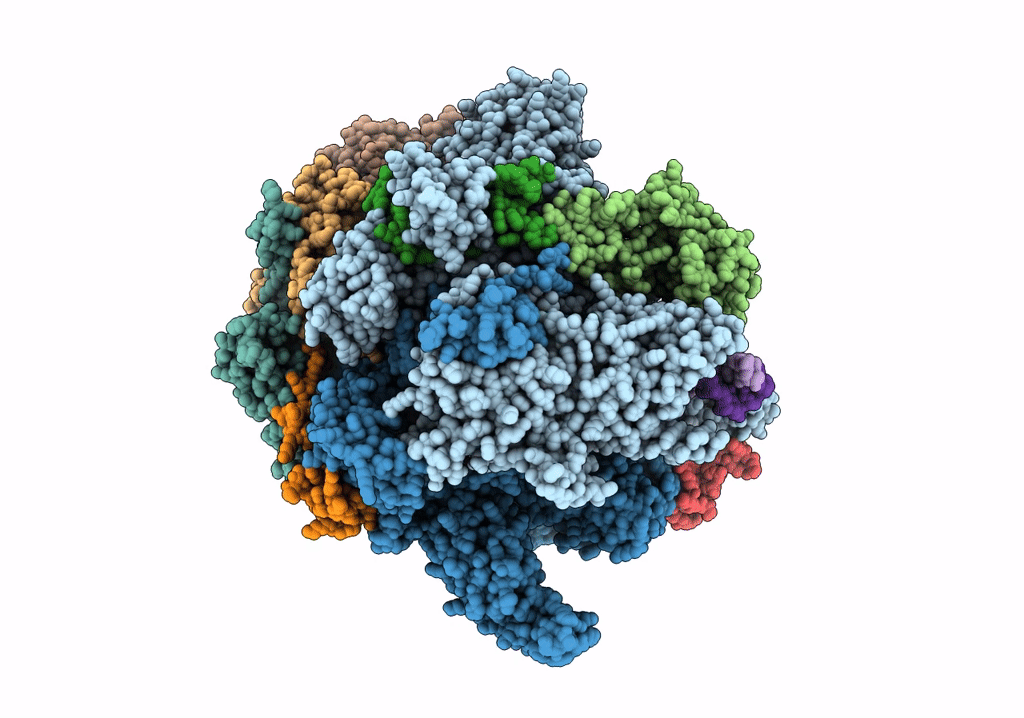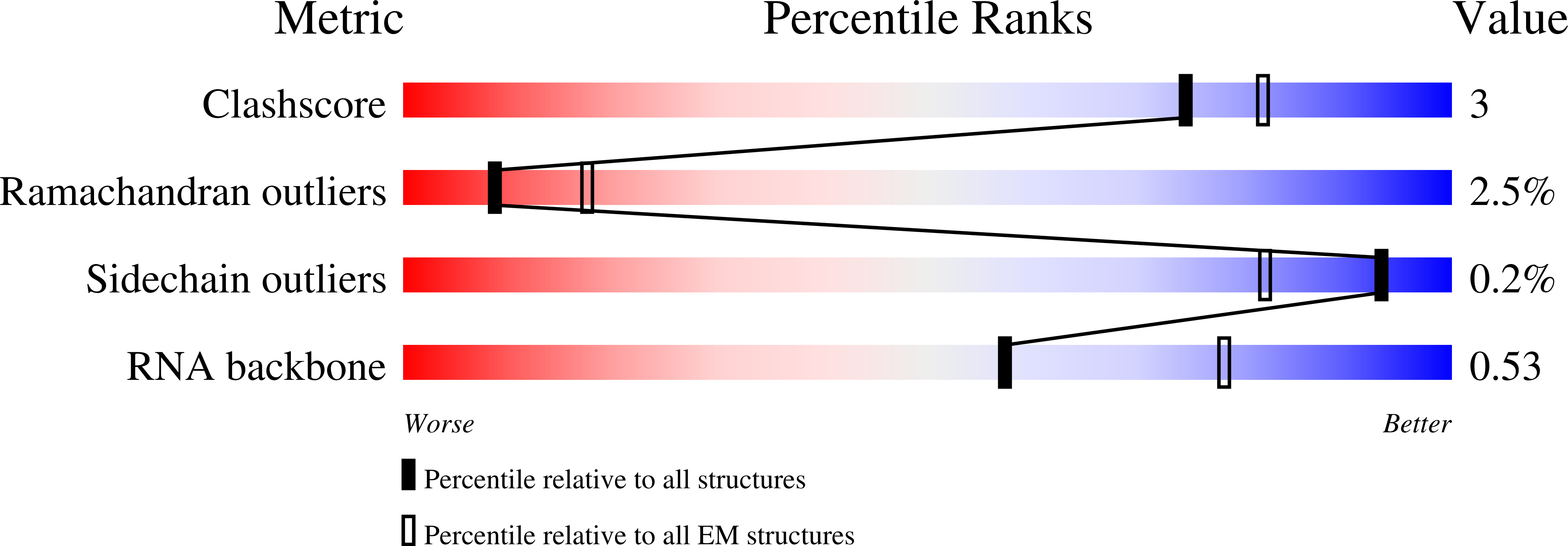
Deposition Date
2019-03-05
Release Date
2019-06-26
Last Version Date
2024-03-20
Entry Detail
PDB ID:
6O6C
Keywords:
Title:
RNA polymerase II elongation complex arrested at a CPD lesion
Biological Source:
Source Organism:
Saccharomyces cerevisiae (Taxon ID: 4932)
Method Details:
Experimental Method:
Resolution:
3.10 Å
Aggregation State:
PARTICLE
Reconstruction Method:
SINGLE PARTICLE


